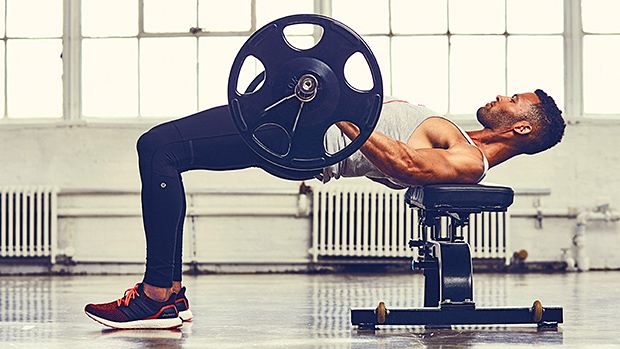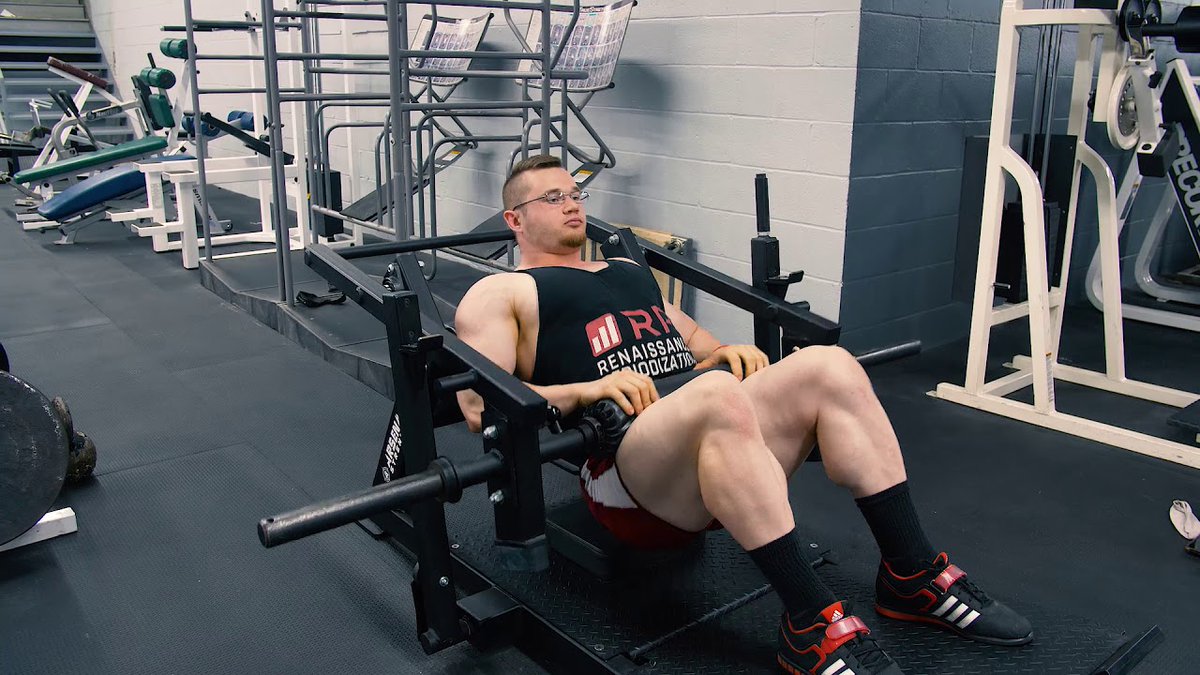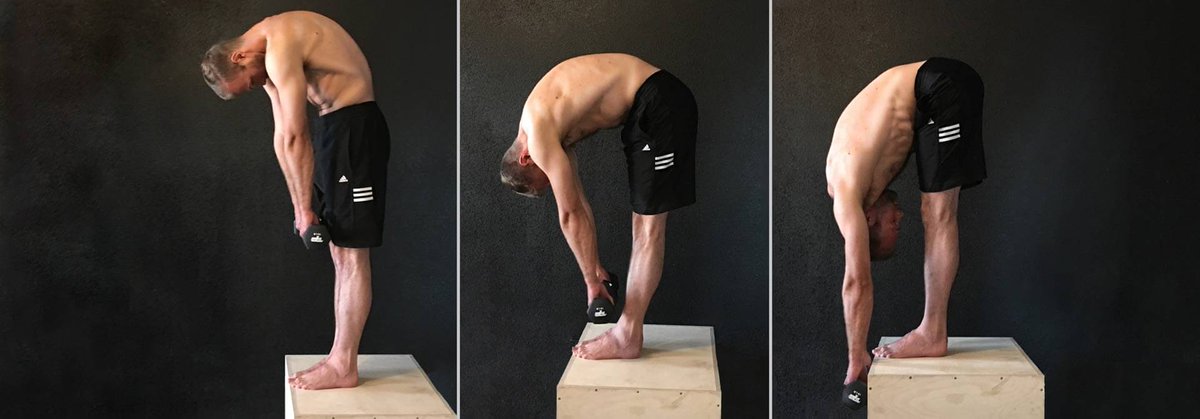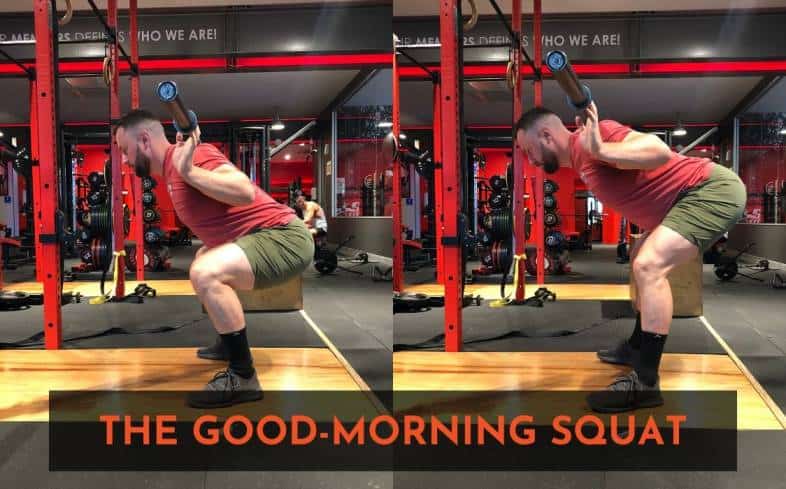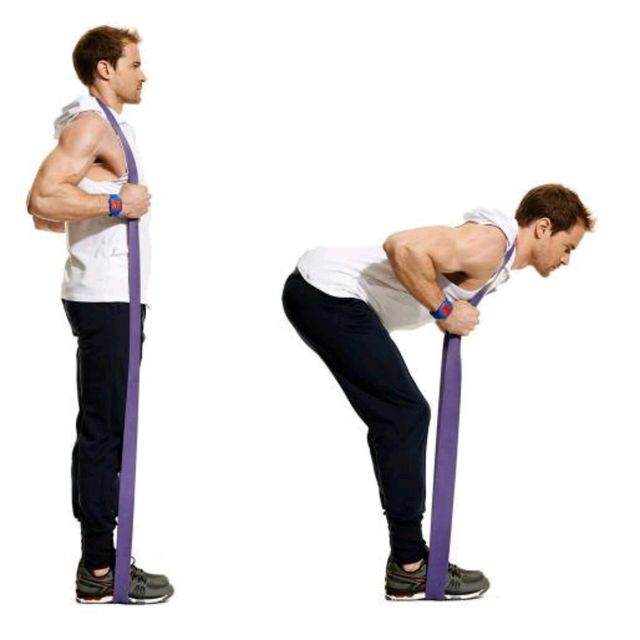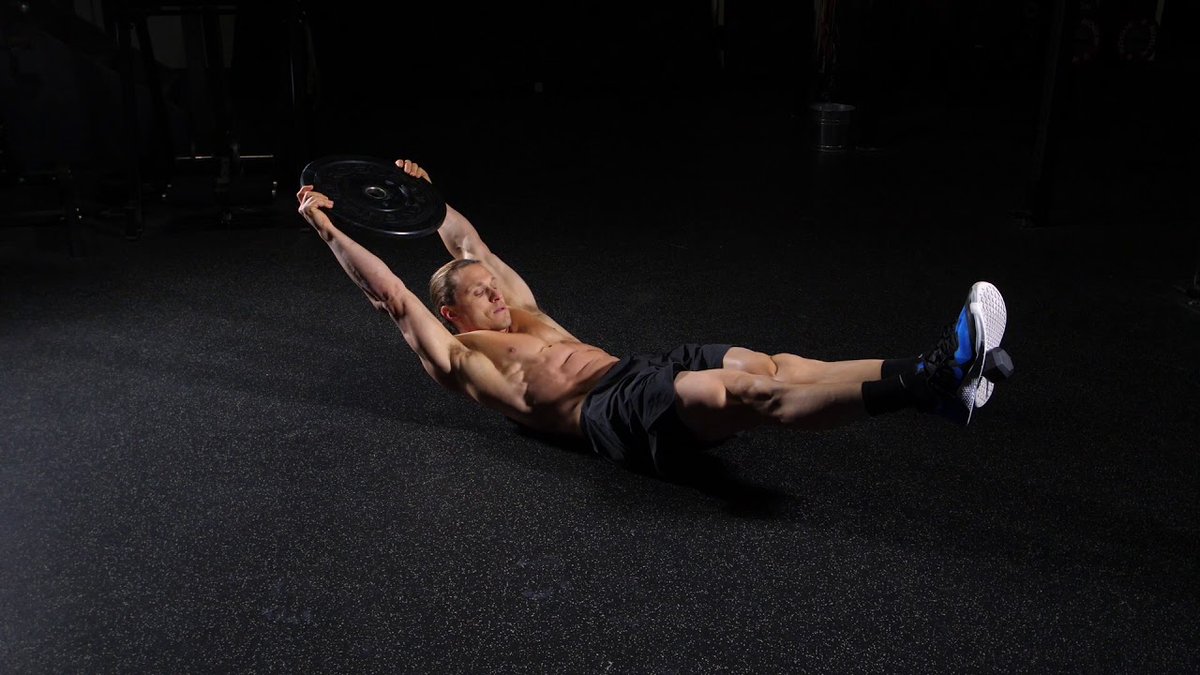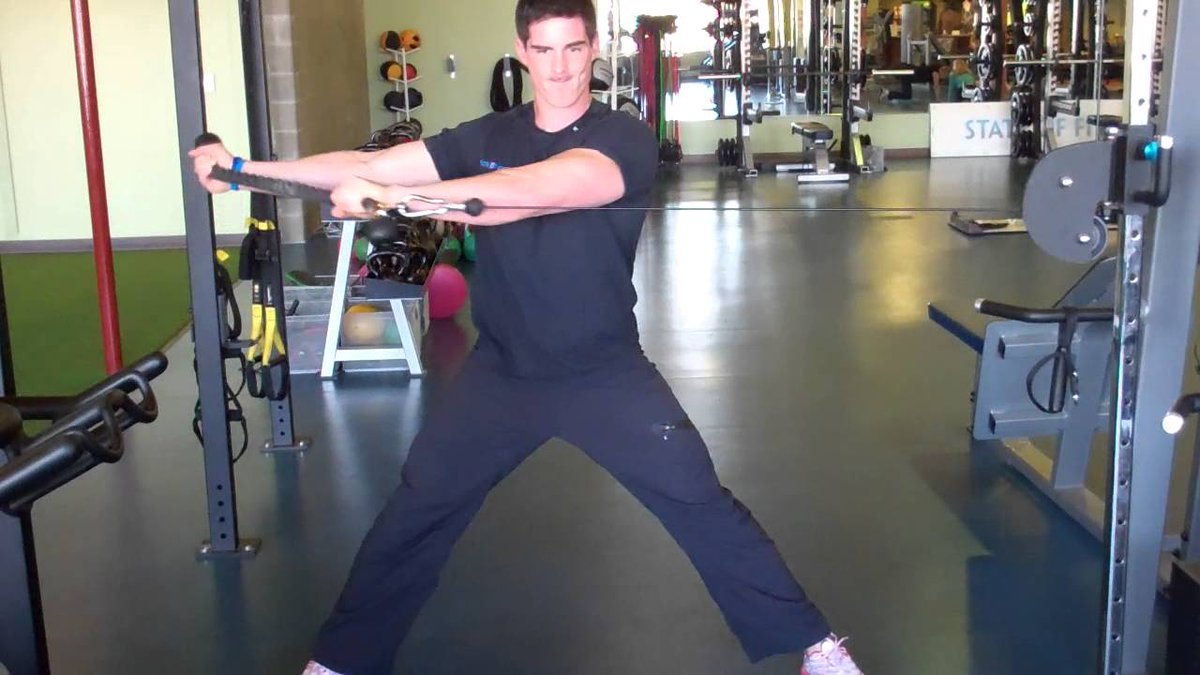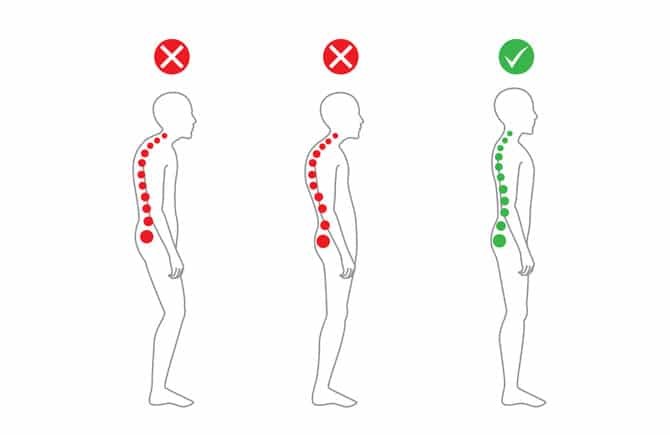Solve your LOW BACK ache?
Do you sit way too much for work?
Stuck with what direction to go to get better?
Below will be some guidelines to help you become PAIN FREE.
Do you sit way too much for work?
Stuck with what direction to go to get better?
Below will be some guidelines to help you become PAIN FREE.
We need to start by understanding WHY we get back pain.
Here are a few reasons:
1. We can& #39;t tolerate the load we are putting through it (typically found in labour intensive jobs)
2. Our body detects movement as a & #39;threat& #39; and as a result our muscles go into spasm and tighten.
Here are a few reasons:
1. We can& #39;t tolerate the load we are putting through it (typically found in labour intensive jobs)
2. Our body detects movement as a & #39;threat& #39; and as a result our muscles go into spasm and tighten.
3. We have a nerve irritation because we aren& #39;t moving our low back efficiently and putting too much load through a specific part of our low back.
How this relates to your back requires assessment, but here are some things YOU can do...
How this relates to your back requires assessment, but here are some things YOU can do...
1. Strengthen GLUTES, whilst minimising spinal load
How? Hip Thrusts.
Machine or Barbell. It doesn& #39;t load the spine as aggressively as squats but still allows you to build hip extension glute strength.
How? Hip Thrusts.
Machine or Barbell. It doesn& #39;t load the spine as aggressively as squats but still allows you to build hip extension glute strength.
The more you can use the BIGGEST muscle in the body, the less you will use and overload your low back.
STRENGTH through both FLEXION and EXTENSION
FLEXION: Jefferson Curls (These should be started at body weight).
It just as important to be strong whilst bending through your spine, as it is keeping it rigid and in a neutral position.
FLEXION: Jefferson Curls (These should be started at body weight).
It just as important to be strong whilst bending through your spine, as it is keeping it rigid and in a neutral position.
This would be something you do in a LATE phase of rehab, or a preventive exercise. The key is to curl over and focus on flexing through one part of the spine at a time, and have as much control as possible.
EXTENSION STRENGTH
Example: Safety Squat Bar Good mornings , or RESISTANCE band to when beginning.
This exercise will bulletproof your posterior chain like no other. Start lighter with most of these exercises, as they aren& #39;t common loading patterns.
Example: Safety Squat Bar Good mornings , or RESISTANCE band to when beginning.
This exercise will bulletproof your posterior chain like no other. Start lighter with most of these exercises, as they aren& #39;t common loading patterns.
3. CORE STABILITY AND STABILITY THROUGH ROTATION
Hollow Holds:
They key is before lifting your legs make your back COMPLETELY FLAT to the floor.
20-30 second efforts, for 5 reps should be a good benchmark to aim for.
Hollow Holds:
They key is before lifting your legs make your back COMPLETELY FLAT to the floor.
20-30 second efforts, for 5 reps should be a good benchmark to aim for.
Anti-rotation Rope Twists:
Your spine should be strong in both a neutral position, as well as when we are twisting.
This more so covers the mid back but obliques will be FIRING which also help keep the low back sturdy also.
Wide stance to eliminate hip movement.
Your spine should be strong in both a neutral position, as well as when we are twisting.
This more so covers the mid back but obliques will be FIRING which also help keep the low back sturdy also.
Wide stance to eliminate hip movement.
In the rehab world there is often an OVER-EMPHASIS on the neutral spine.
This forces people to be really stiff with their movement, when FLUIDITY is the goal.
Realistically the low back should be strong in every possible range, not just when perfectly neutral.
This forces people to be really stiff with their movement, when FLUIDITY is the goal.
Realistically the low back should be strong in every possible range, not just when perfectly neutral.
Most of these are very high level, and if you do have pain, especially chronic in nature you should be properly assessed.
These are guidelines to help you understand and learn what to strive for.
Mixing these into a program can be game changing.
These are guidelines to help you understand and learn what to strive for.
Mixing these into a program can be game changing.

 Read on Twitter
Read on Twitter
